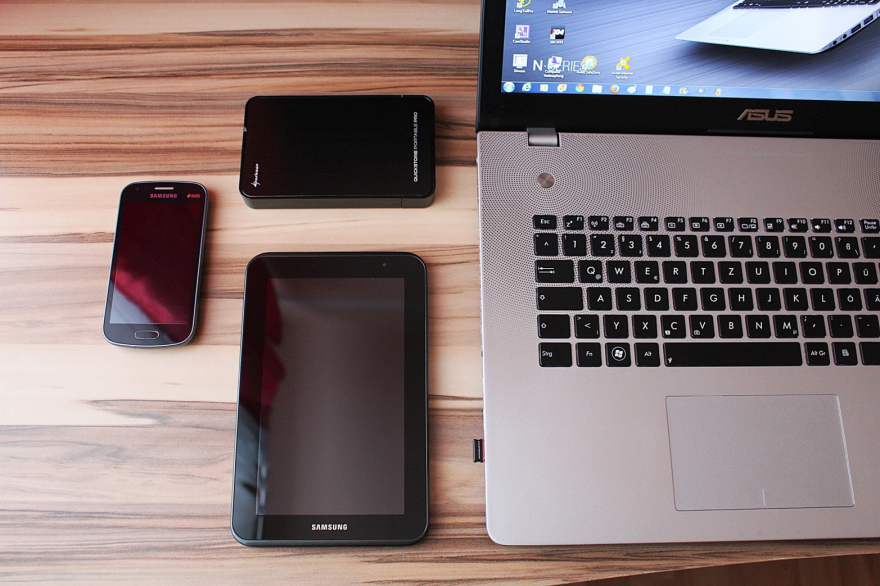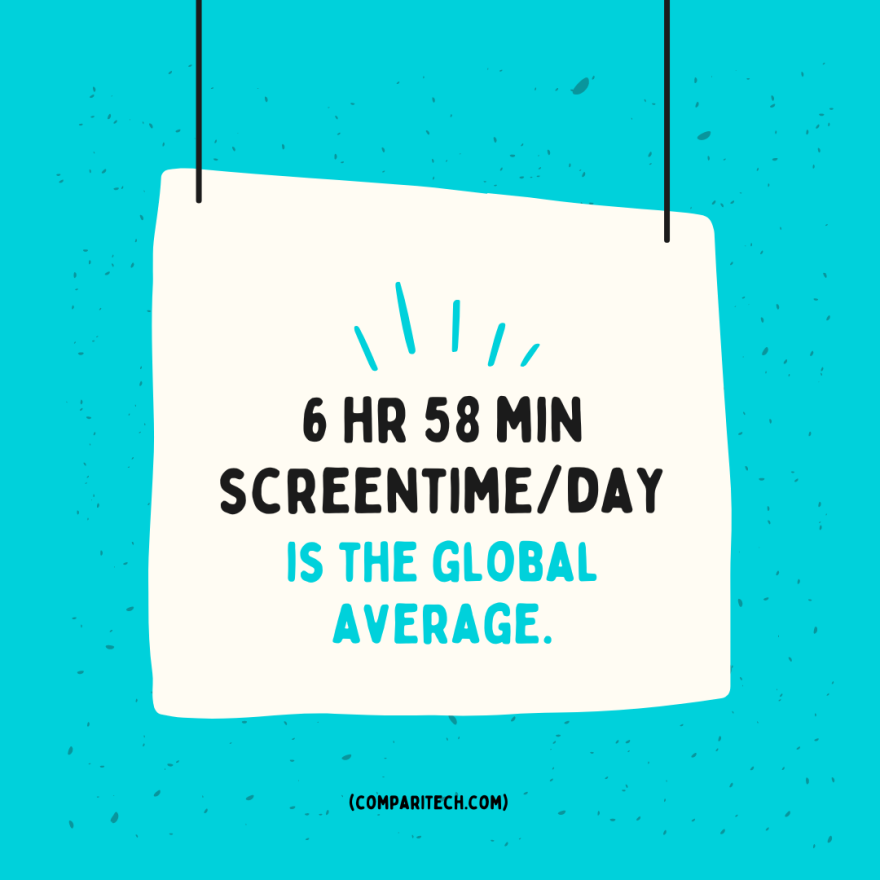|
“Ana, why is it so hard to put my phone down?”
Clients often ask this question. The Proyectodah 16° International ADHD Congress: Impacts of the pandemic on the paradigm for detection, diagnosis and care of ADHD provided reliable information that helps answer this common question.
|
Screens (computers, TV, smart phones, etc.) are a central part of our lives. Studies show what most of us instinctively know: we can’t imagine spending a day without our screens. IDC Research found that “about 80% of smartphone users check their mobile devices within 15 minutes of waking up each morning.” 15 minutes! Is that surprising?
|
 |
Everyone may spend more time than recommended looking at screens but why do electronic devices offer a magnetic appeal to most individuals with ADHD? My clients’ accounts are substantiated by science. My clients say they can concentrate, gain focus, stimulate their brain, and more.
 |
According to Dr. Martínez Raga, a psychiatrist specializing in dual pathology, ADHD is associated with longer screen time utilization (STU). Screen time doesn’t cause ADHD, but some studies suggest that children with ADHD may be at increased risk of developing a screen addiction.* |
Technology can help people stay organized, reach goals, and even fight distraction. So what’s the problem with overusing technology? It can lead to a “decreased capacity to focus on one thing at a time, inability to resist distractions, and increased difficulty returning to a calm state of mind.” It can also impact “relationships” by reducing the quality of conversations and creating a disconnect between people. (Doreen Dodgen-Magee, Psy.D)
There’s also a quantifiable impact on productivity. A study by researchers from the University of California Irvine found it takes an average of 23 minutes and 15 seconds for a person to re-focus after a distraction like checking their phone or receiving a notification. Think about what you would give up for 23 more minutes of focus. Do you think ignoring that Snapchat or Instagram notification is worth it? I certainly do.
The solution to phone overuse is to restore balance and use technology in healthier ways. Here are some tips to get you started:
- Have a clear purpose to your screen time.
- Take a moment to plan or visualize the tasks you want to accomplish for your day when you wake up (or even better- write those plans down!)- then start your day and have timed social media breaks.
- When you grab your smartphone think, “What am I going to do with this device? Is it necessary at this moment?" Some of my clients write these questions on post its notes and place them on their computers or phones.
- Consider choosing set times throughout your day to check your email, rather than grazing through your inbox all day.

In a Fast Company article, Dandapani, author of The Power of Unwavering Focus, says, “The problem is that people haven’t defined the purpose of the smartphone in their life.” Define what it is you want. Then you can see how technology will align with you. You can make decisions as to what apps you need. What notifications you need. When and how to interact with your phone will become obvious and clear. Once you define the purpose and relationship, it’s easier to manage technology.”
As I write this newsletter, I’m reminded to be more intentional about my smartphone use. I will start by turning off some notifications! How about you?
Be well,
Ana Isabel Sánchez
* (An investigation into the frequency of addiction to video games in children with attention-deficit hyperactivity disorder, Katayoon Razjouyan, Mojgan Khademi, [...], and Rozita Davari-Ashtiani).
   
|